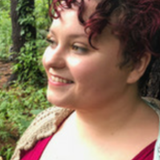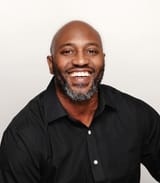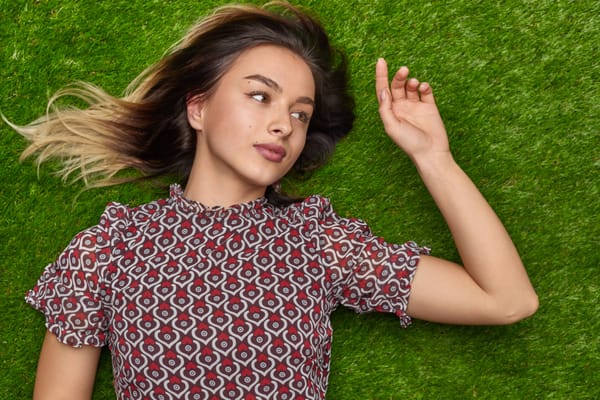The End Of Beauty Ideals
The very concept of a beauty ideal negates the value of women as people. Yet, throughout the ages and around the world, women are expected to act, be and look a certain way that fulfills a man’s desires, depending on the cultural context.
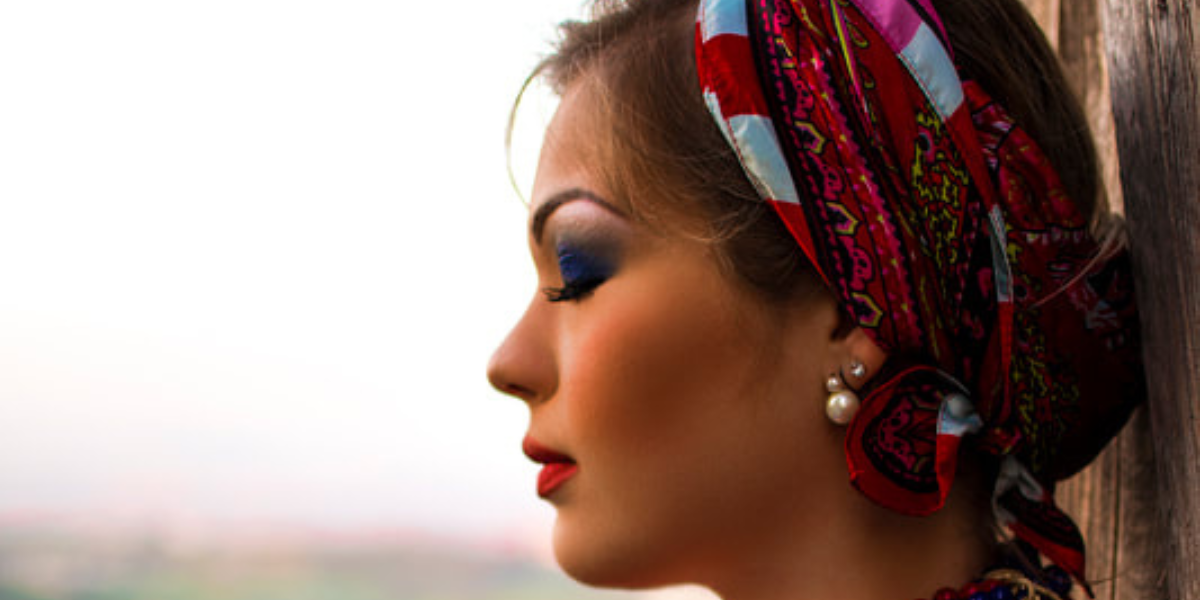
I Ain’t Here To Be Pretty
The very concept of a beauty ideal negates the value of women as people. Yet, throughout the ages and around the world, women are expected to act, be and look a certain way that fulfills a man’s desires, depending on the cultural context. In Nigeria, there are spaces that provide women a place to gain weight in order to attract a male partner. Meanwhile, restrictive eating disorders are on the rise in China, as Westernization, alongside other “socio-cultural factors that include gender roles, economic opportunities, religious values, and the cultural objectification of women,” create unrealistic expectations of not only what a woman has to look like, but who she is meant to be.
In America, the history of “ideal beauty” has fluctuated over time. Post-World War II advertisements told women to gain weight (“Men wouldn’t even look at me when I was skinny.”), and a decade later, the same advertisements convinced women to shed the pounds so they could find husbands. Written by men in male-dominated industries, regardless of what the beauty ideal was, these advertisements said one thing: be “this” or men won’t love you.
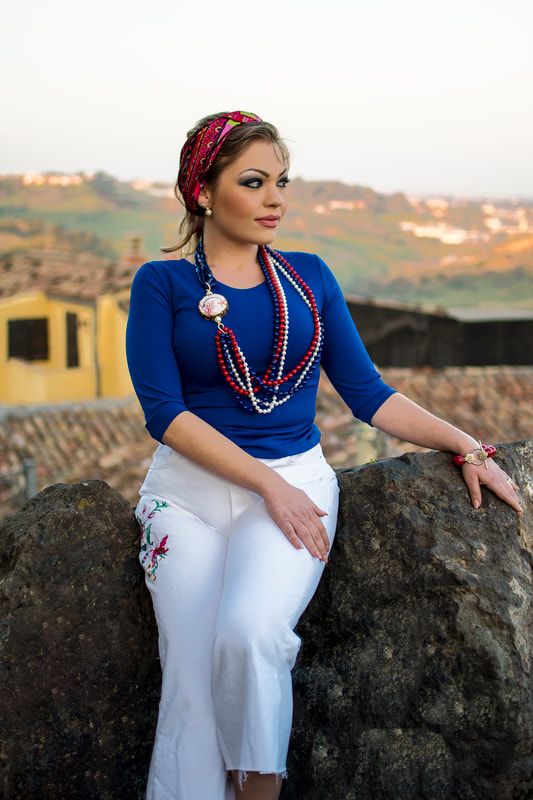
The fashion industry has played its own part in the perpetuation of the beauty ideal. As a culture, we’ve identified particular models to represent the overarching standard that women were expected to idolize. Twiggy, a model famous in the 1960s for her naturally thin frame and androgynous appearance, is an advocate against the fashion industry's “skinny ideal.” Yet, the trend continued. By the 1990s, the term “heroin-chic,” meaning pale and extremely thin, came to represent the ideal. This idea was famously represented by Kate Moss in a 1993 Calvin Klein advertising campaign. A mere forty years prior, it was the voluptuous curves of Marilyn Monroe that women across America strove to emulate. Decade by decade, the beauty ideal for women changed. Up until recently, it has been an ideal driven and promoted by men. Meanwhile, the present-day body-positive movement seeks to represent women of all sizes, colors, and abilities. Why is this movement happening now?
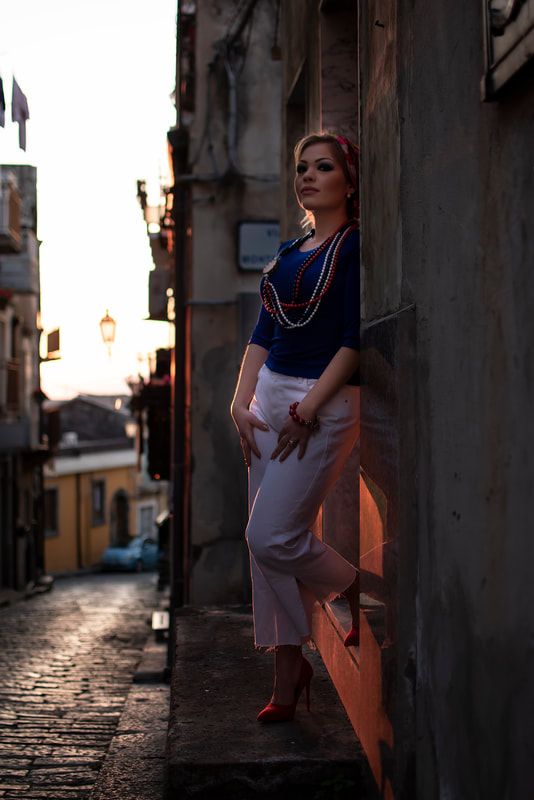
It is the foundational work of the women who came before us that allow the women of today to carve their own future paths. It’s happening now because women in America have more opportunities and freedom than ever before. We are not, however, post-Feminism. From wage disparities to rape culture, there is much more work to be done. However, it is only now in America that we are beginning to take back our bodies from the male gaze.
Feminism began with the Suffragettes demanding a woman’s right to vote. Even though the Suffragettes were flawed in their inability to recognize women of color as deserving of these same rights, their ideals would eventually evolve into a third wave. This new evolution understands that gender equality is directly affected by racism, homophobia, classism, and ableism, and it seeks to eradicate the socio-economic and political barriers that impede upon our progress. Ecofeminism, in particular, sees a direct correlation between the destruction of Earth (climate change, the depletion, and exploitation of natural resources, etc.) with the oppression of women, viewing both as a result of man’s domination.
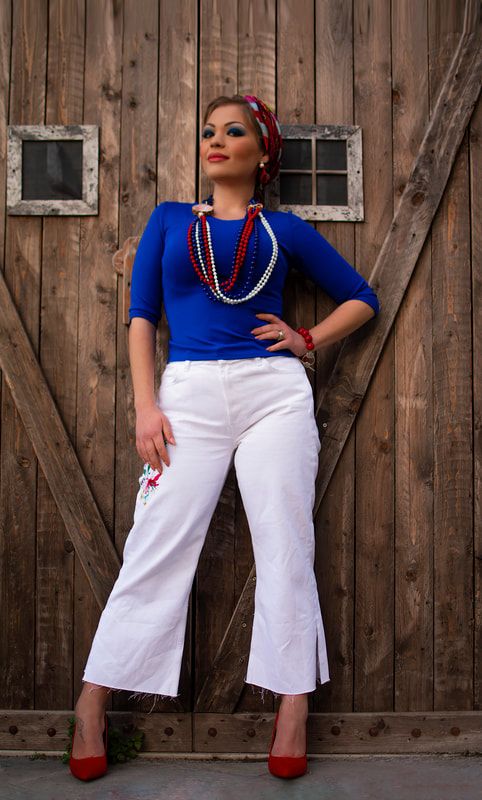
As women become the writers, activists, CEOs, astronauts, artists, mothers, and people they so desire to be, the media is finally starting to represent the voice of women. With the ability to write our own narratives, we are taking back the conversation. With the slow erosion of gender roles and growth in economic opportunity, the gender called “female” can see that the pressure to please a man, the same pressure that our mothers and grandmothers had to abide by, is now optional and entirely invalid. You don’t have to love me because my livelihood, my personage, is not dependent upon it. I can be my own woman, and in doing so, I can create a world where my daughter grows up knowing her worth.
Without a beauty ideal, we can all celebrate our differences. When women see themselves (in all sizes, colors, gender identities, sexualities, and abilities) reflected in the media around us, we are inspired to pursue our dream. Comedian Leslie Jones saw Whoopi Goldberg on television for the first time as a child and said, “Oh my god, there’s somebody on television that looks like me. She looks like me! I can be on TV.” She watched the tape of Goldberg every day after school, serving as a constant reminder to herself that she could do it too.
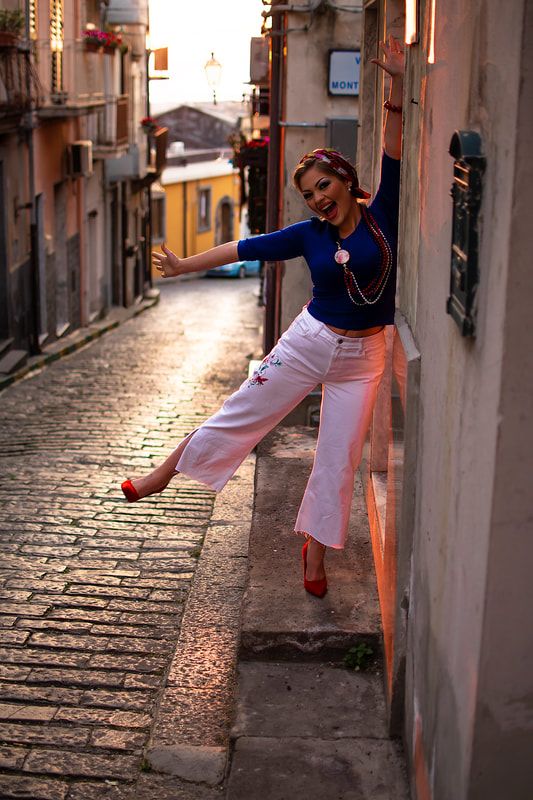
The beauty ideal is dying, but there is still much left to change. Many brands continue to objectify women in order to sell their products. Whether this is seen in advertisements for designer clothing, perfume, burger joints, beer or diets, it is designed to appeal to either a man’s sexual desire or a woman’s outlet for insecurity. Multi-billion dollar industries are thriving from a lack of women loving themselves. On the other side of this, the body-positive movement is gaining traction. It is empowering women to feel accepting of our bodies. When we can take our eyes away from the need to be beautiful, we can see we have always been beautiful, and we are here to be so much more than beautiful.
The beauty ideal has to end because we need girls to grow up seeing themselves in many different faces and doing many different jobs. It is our responsibility to show and provide them a world that is bursting with possibility. There is no space in our minds for hatred of ourselves or anyone else; there is no space for judgment. Our heads should be filled with knowledge and the promise that we can be anything we want to be when we grow up. That is what we want to leave for our daughters, and it will be evident in the world around them. A world like that will benefit everyone because the things that we create will make Earth a better place for all of us. Our bodies are not ornamental, they are spaceships. There is a universe inside of everybody that is worth exploring. No beauty ideal could ever encompass all of that.
This article was originally published in the 2017 Black & White Issue of Love U Magazine. Refreshed with brand new photography in celebration of International Women's Day, 2019.
Written by Conner Lee Carey (they/them)
A writer by trade, a poet, and a music-maker; discover Conner's writing at ConnerCarey.com. You can also find Conner under @connerleecarey on Instagram. Their YouTube can be found under Conner Carey.
Photography by Marcus Harris
Award-winning international traveling photographer/videographer. Scout for talent agencies, manager for actors, models, and musicians. Owner of ReBrand LLC based in Virginia Beach, Virginia.

